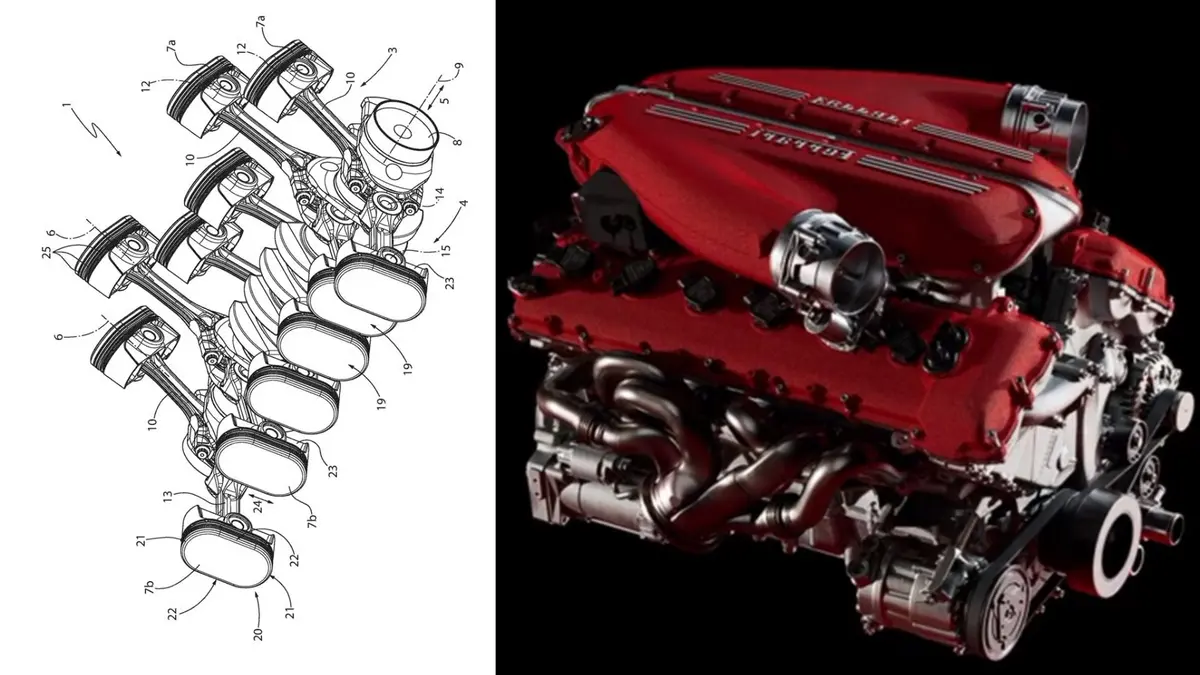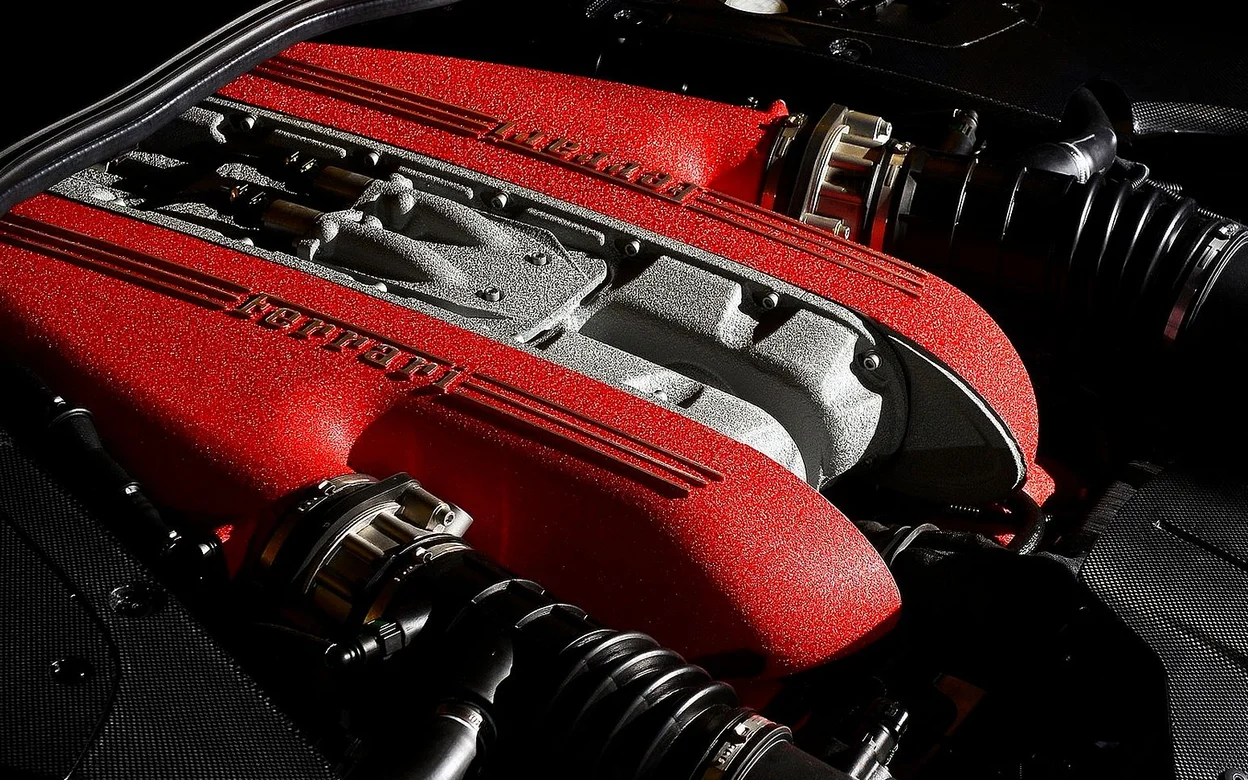While Koenigsegg has developed a new gearbox, Ferrari is working on a prototype for a new engine. Are such projects merely engineering innovations, or a real chance for a new chapter in motoring? Is Ferrari’s new engine Will it be groundbreaking? What makes it stand out?
Will Ferrari’s new engine be a breakthrough?
Ferrari has been setting the standard for innovation in the supercar world for years. The new V12 engine with oval pistons is further proof of the Italian brand’s engineering courage. While at first glance it may seem like a mere variation on the classic piston engine, it is in fact a potentially groundbreaking design. Mazda has been experimenting with the Wankel engine. Koenigsegg has revolutionized the transmission, eliminating the classic Koenigsegg Direct Drive transmission. Now Ferrari is looking for a way to reduce the size of the power unit. Importantly, while maintaining its legendary performance and excitement. The new design may find application in the centrally located engines of future Ferrari models.
It seems ideal in hybrid hypercar units. There, compactness and thermal efficiency play an important role. What if Ferrari manages to overcome the technical challenges? Then oval pistons could become one of the most interesting solutions in the evolution of internal combustion engines.
Why is the oval piston engine so interesting?
Ferrari’s new V12 engine with oval pistons is a unique design that redefines the classic approach to internal combustion engines. The key innovation is a change in piston geometry – instead of the traditional cylindrical shape, Ferrari has used elongated pistons with an oval cross-section, which allow the cylinders to be more densely packed and thus shorten the entire drive unit. What’s more, the unique arrangement of connecting rods – with one common shaft journal for two opposing pistons – reduces mechanical losses and improves efficiency.

The oval shape of the pistons also reduces lateral movements. This minimizes friction and increases combustion efficiency. In addition, special recesses on their surface help better manage heat and the flow of the fuel-air mixture. Ferrari relied on this design not only to improve the engine’s compactness, but also with an eye toward the future. The new architecture is ideally suited to hybrid powertrains, where space is key. Thanks to advances in manufacturing technologies such as 3D printing and modern low-friction materials, this solution, which was once considered too complicated, can now become one of the most advanced internal combustion engines in automotive history.
The breakthrough is red in color?
Ferrari’s new engine is a bold step toward a future where innovation and tradition go hand in hand. At a time when motoring is moving toward electrification, the Italian brand is proving that internal combustion engines still have great potential. All it takes is a different approach to them. History shows that breakthrough technologies were often born where others saw limitations. Such was the case with the Wankel engine, the revolutionary KDD system from Koenigsegg, or now with Ferrari’s oval pistons. If Ferrari’s new engine actually lives up to its claims, it could become a great triumph of combustion engineering ahead of the era of full electrification. Perhaps the breakthrough in modern motoring really does come in red.





